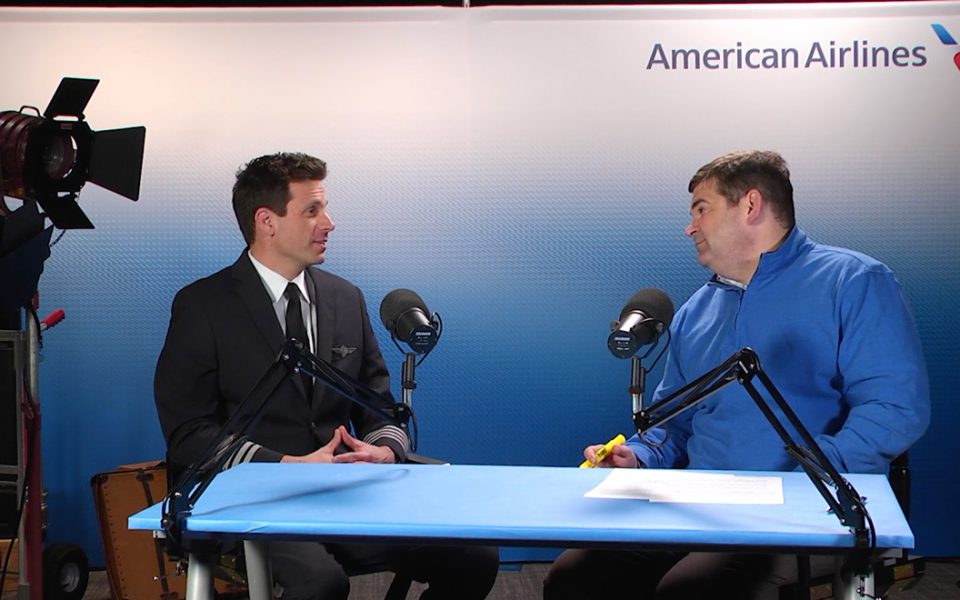The following is an internally-published interview with Capt. David Tatum, American Airlines Director of Pilot Recruitment. It is republished here on the Envoy blog with permission from American Airlines.
Do we really have a pilot shortage?
This is not only one of the more common questions we get, but probably also one that you are asked by friends, neighbors or others. The answer is, the industry certainly has a pilot shortage, but American Airlines does not. This pilot shortage we hear so much about is most noticeable in other segments of aviation including our military (I’m sure most of you have heard of the US Air Force pilot shortage), regionals, cargo and corporate operations, and even with certified flight instructors. Many collegiate aviation programs have been limiting enrollments due to a lack of instructors. Instructors have become such a commodity in some markets; CFI’s are out there making over $100,000 a year! Of course that may be rare, but it certainly is happening.
American has thousands of current and competitive applications on hand. With our regional flow providing approximately 50% of all our new hire positions, we have considerably more great candidates than we have positions to fill. Despite the fact many of our applicants are also applying at other mainline carriers, our competitive pool has remained very consistent in size if not growing slightly. We are certainly in good shape for the foreseeable future when it comes to providing our cockpits with the best aviators possible.
Do internal recommendations help get an interview?
Yes, they certainly do. We place significant value on quality recommendations from our pilots. Actually, most pilots hired have numerous internal recommendations. If an applicant is competitive and has these quality referrals, that applicant is most likely in a group we are diligently processing. Unfortunately, there are far more of these qualified applicants than we have open positions, so working through the list takes time. Last year our department received nearly 4,000 personal recommendations from our own employees. We only had 285 new hire positions to fill; with the other 360 coming via our flow agreements.
Do our pilots have a role in hiring?
In addition to the personal letters of recommendation, our line pilots conduct most of the actual interviews. Our pilots play a very significant role in this selection process as we depend on their perspective and accurate assessment of the candidate throughout the interview process. The first component of this process, the video interview, is reviewed and graded by a group of line pilots that specifically focus on this element. For those candidates that progress to the next phase, the in-person interview, the candidate spends the majority of their time interviewing with two line pilots that assess their skills, judgement and ability.
How does hiring look for this year, and what does it take to get “noticed”?
Fortunately, the hiring plan looks incredibly strong for many years to come. We anticipate between 700-900 new pilots in 2018. About half of these pilots will come to us as result of our flow agreements and the other half through our selection process. The majority of the pilots we interview have a military background and a considerable amount of turboprop or turbojet PIC time. If an applicant has these attributes, scores well on our organizational fit assessment and has a few quality internal recommendations, chances are they are on our radar already. As we have the openings to fill, we continue to bring these candidates in for interviews.
What advice do you have for someone with an ultimate career goal of flying for American?
Our three wholly owned regionals — PSA, Piedmont and Envoy – play an integral part in our long-term pilot pipeline strategy. For someone who is taking the civilian route and desiring to fly for American, we highly recommend flying for one of our regionals. As you have seen in the last few years, our primary source of pilots is the military and our three regionals. Our unique seniority-based flow agreements make the regional path the one most certain to lead to our cockpit.

